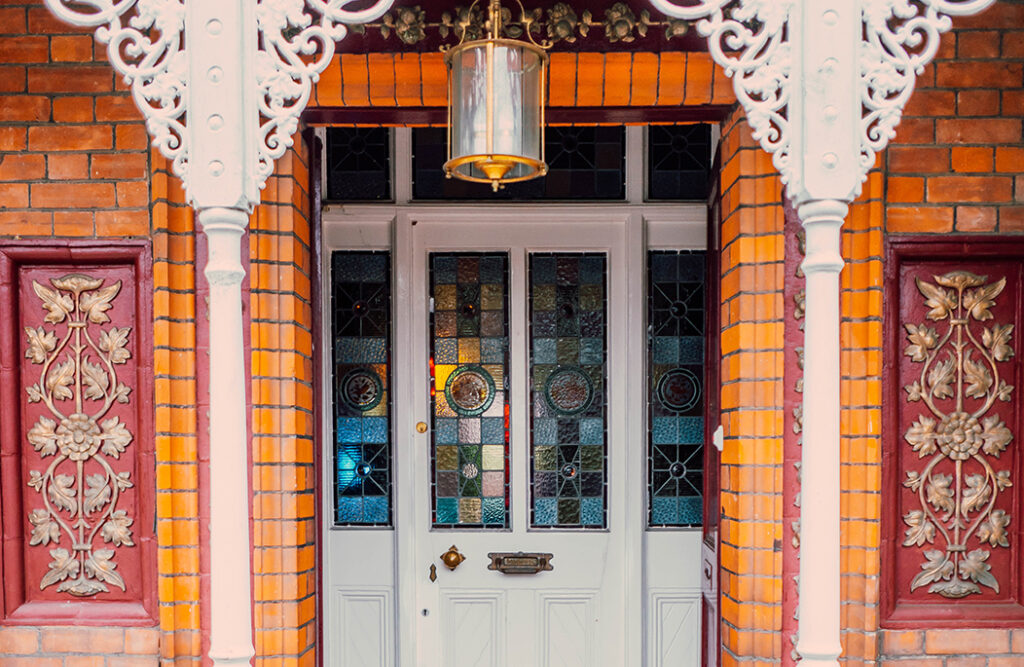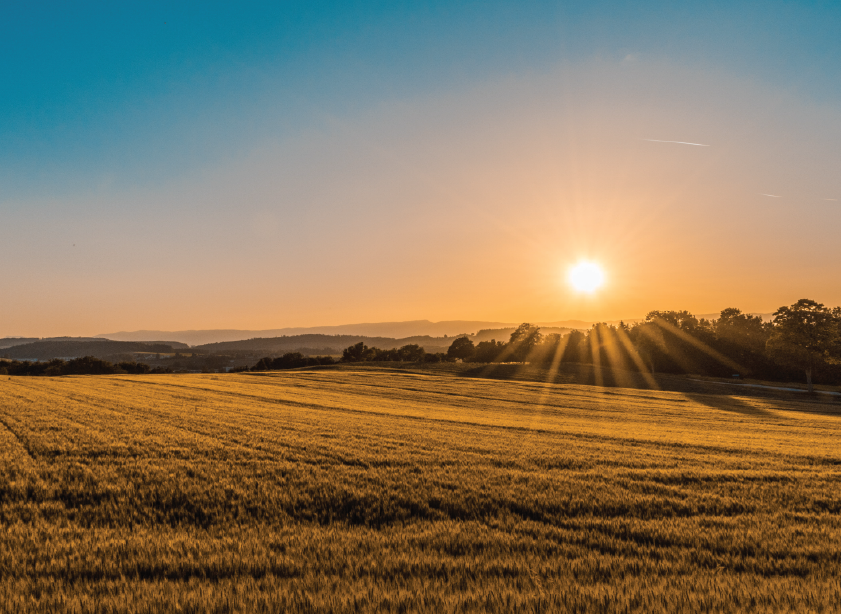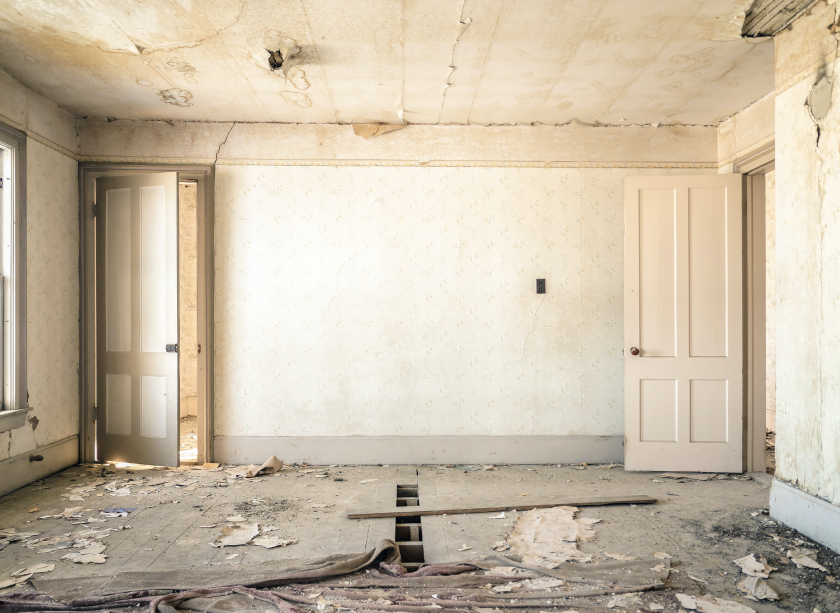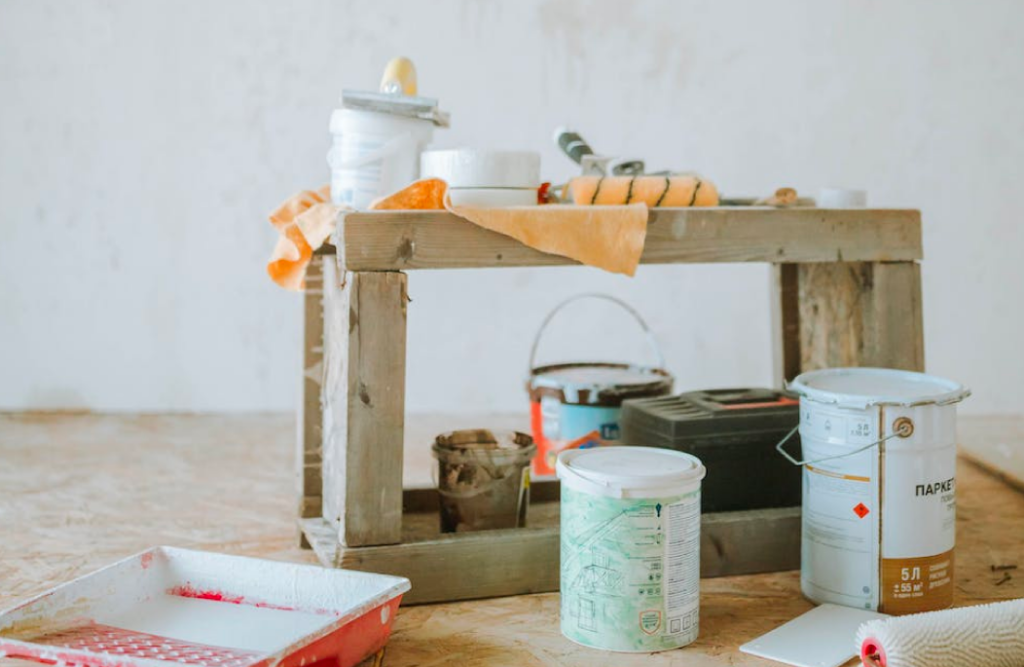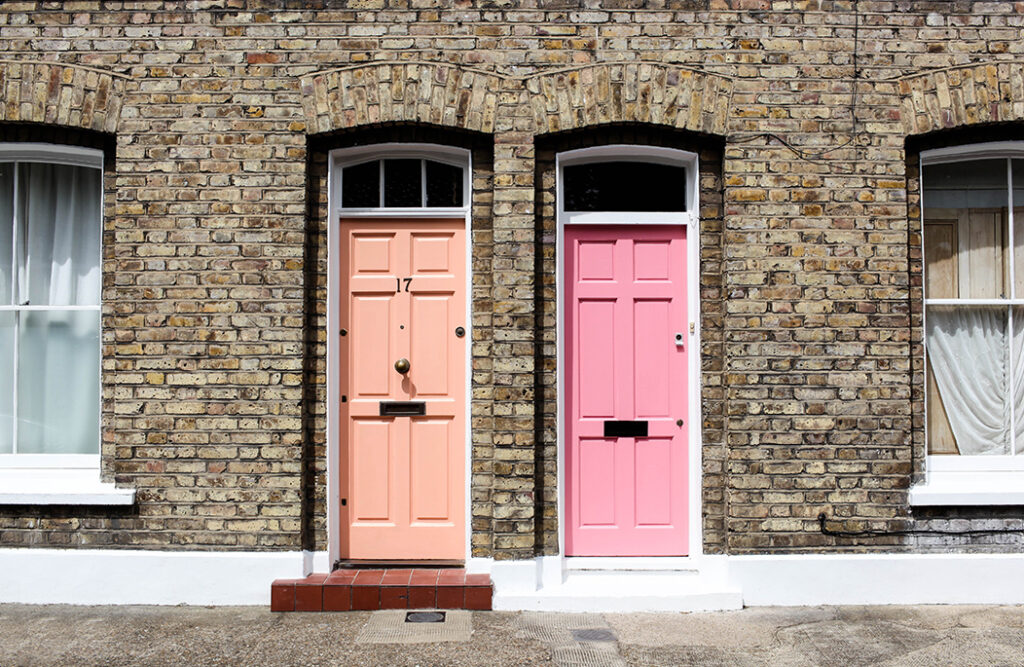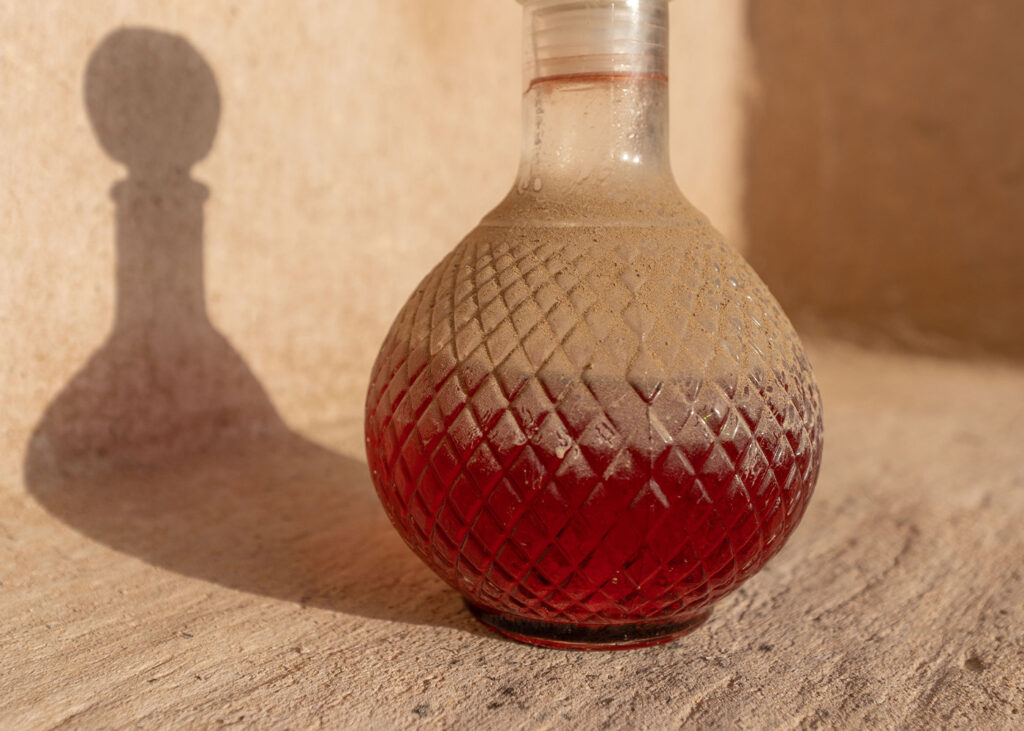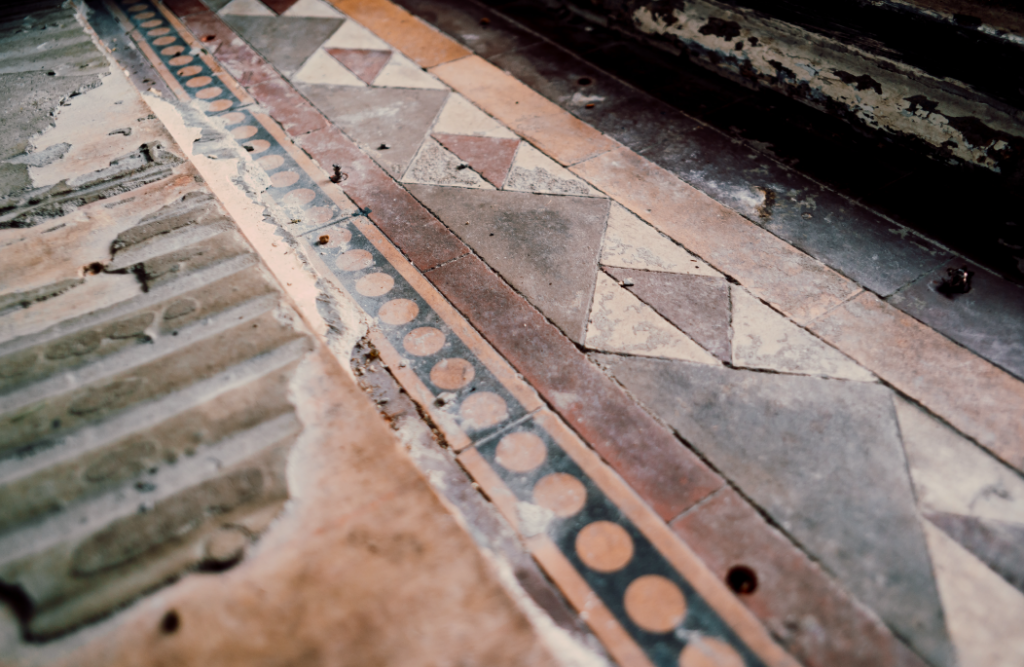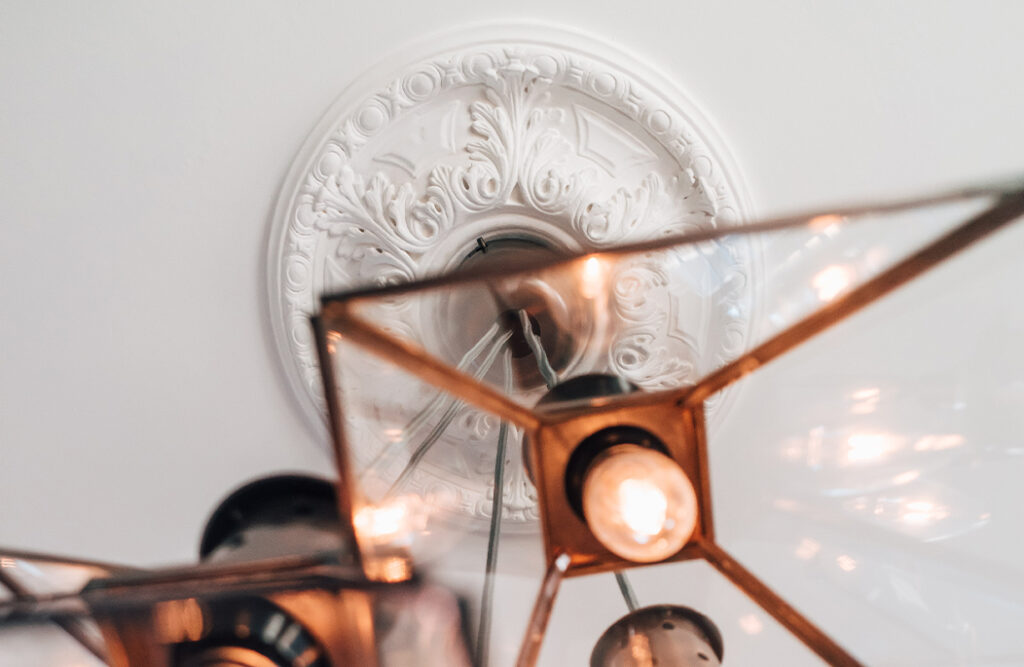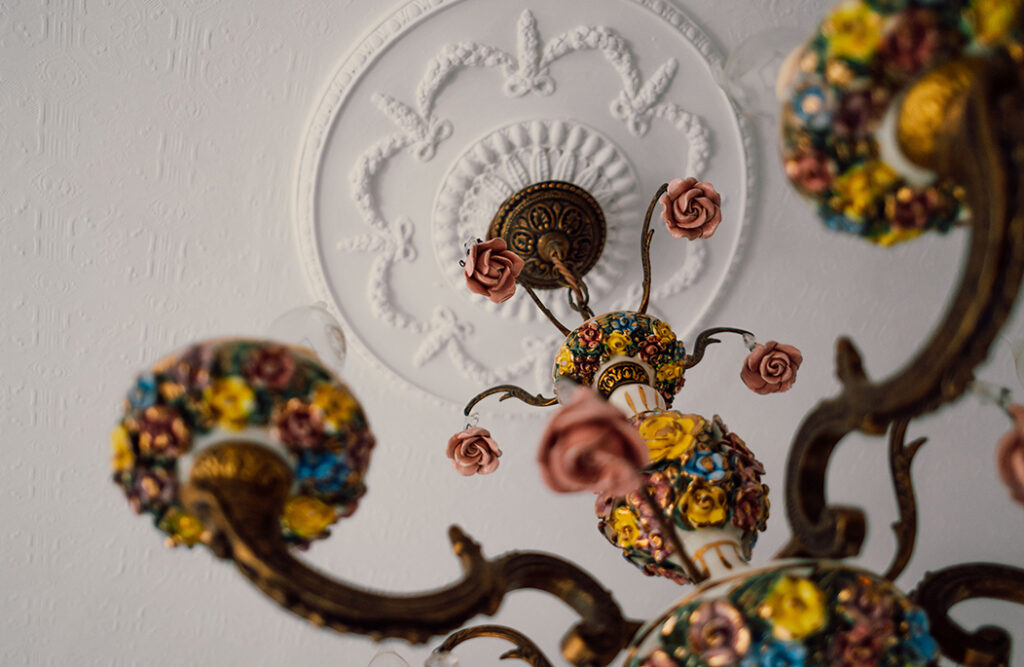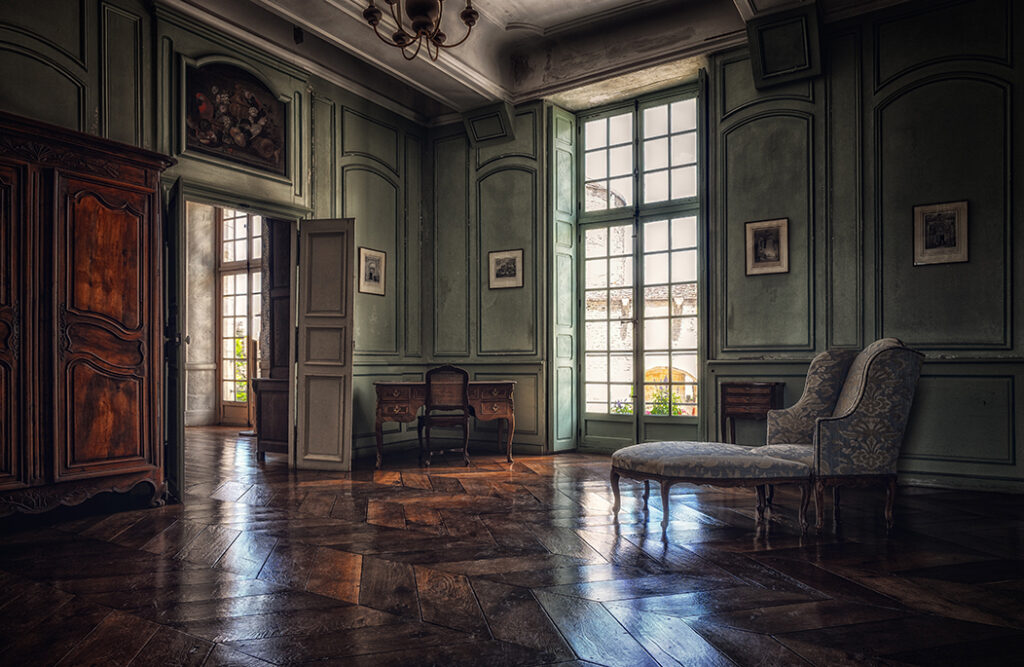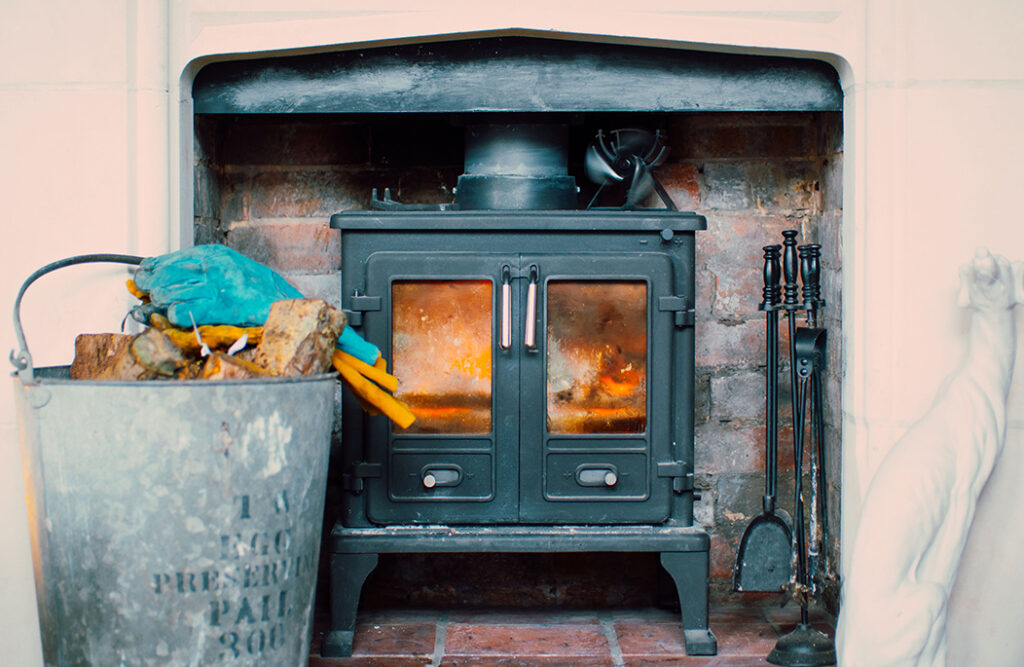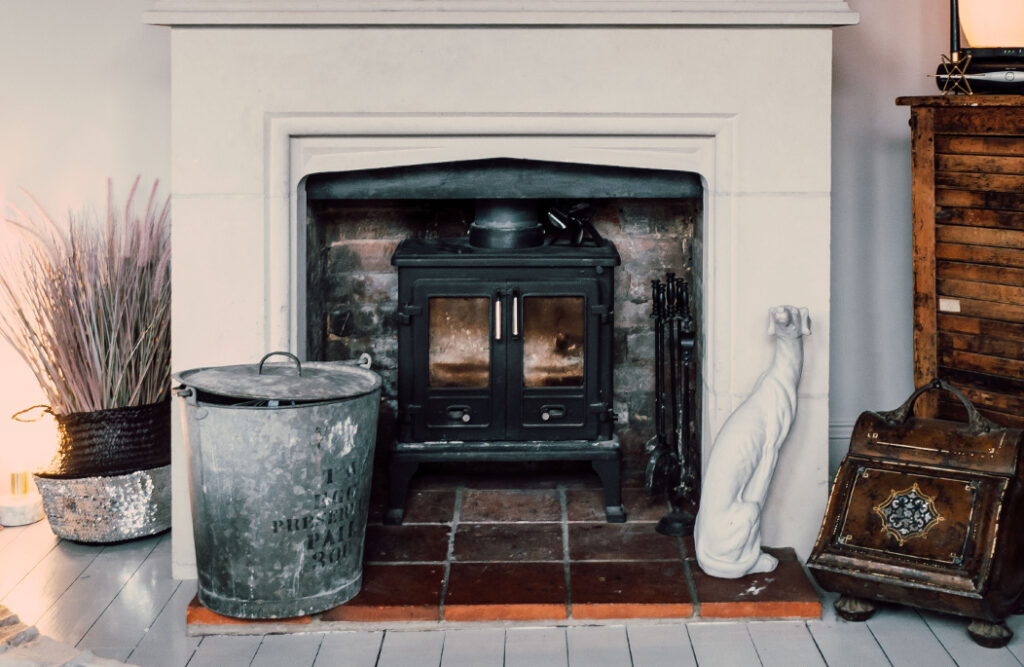The decision to buy a Victorian house is generally one that is made from the heart rather than the head: you’re either the kind of person who sees draughty windows as an issue to work around because they’re beautiful, or you see them as an old-fashioned inconvenience; the kind of person who loves wonky walls and ceiling roses or who prefers clean lines.
But if you need a pros and cons list to summarise what makes a Victorian house desirable and what its drawbacks are, we’ve pulled one together here for you.

The pros of buying a Victorian house
There are plenty of features in a Victorian home that are positives.
1. High ceilings
In comparison to modern houses, many Victorian properties feel as if they were designed for giants.
High ceilings were only reserved for wealthy Victorians. They were a great way of helping to circulate air while also keeping the building cool in the summer – an important feature in those days.
2. Sash windows
If you’re lucky enough to find a house with its original sash windows, treasure them. These windows offer an elegance that you don’t get with others, and popularity for them has shot up in recent years.
3. Original features
Think cornicing, ceiling roses, balustrades, radiators, ornamentation both inside and out… the list is endless.
4. You might get a cellar
A cellar offers a great opportunity to store lots of lovely wine or a chance to create a whole new room below decks.
5. Thick walls
Having thick walls is a Godsend if you live next door to students or newborns.
6. Grand hallways and landings
A distinct feature of Victorian homes is the grand hallways and landings that come with your property. As long as a lot of remodelling hasn’t taken place, you’ll find plenty of places with character in your property.
7. Good proportions
Most Victorian homes that are still standing will have luxuriously large rooms, making them a great choice for families and couples.
8. Encaustic tiles in the hallway
If you’ve hit the Victorian jackpot, you might have encaustic tiles on the hallway floor. These are both beautiful and highly sought after, so treat them well!
9. Original floorboards
Strip them, stain them, cover them in rugs – whatever you do to your floorboards, your room will look great.
10. High quality
The fact that your house is still standing means that it was built to last by people who knew the home they were building would stand for generations. These are handbuilt houses, not assembly-line products.
11. A wise investment
Properties in historic districts are worth more and tend to grow in value. This is because many people appreciate Victorian houses’ unique architecture and high build quality.
12. A connection to something far bigger
Wherever you look, there are echoes of the past in your home. Isn’t it lovely to be part of its story?

The cons of buying a Victorian house
Of course, there are drawbacks to almost anything and the same applies to Victorian properties.
1. Uncomfortable draughts and difficult to heat
Air quality in homes was important to the Victorians but meant that chimneys and loosely-fitted windows were designed to let air in at all times before the invention of trickle ventilators. Nowadays, we don’t appreciate windows that let air in, so you’ll probably have to fork out extra to seal draughts.
In addition, those gorgeous high ceilings and original windows may make it difficult to heat your home.
2. Less precise construction
If you’re a wallpaper fan, lining it up can be a challenge on Victorian walls as they are less precisely structured than more modern houses.
3. Inefficient sash windows
As lovely as they are, if your sash windows are original, chances are they are inefficient at keeping the elements out. What’s more, if you need to have them replaced or repaired, you may face issues with permission from your local council. Read our blog on renovating your sash windows and five other projects for your home renovation.
4. Upkeep can be more expensive
DIY and upkeep on a Victorian house is more difficult and costly than a new home. This is because, when they were built, utilities were delivered in an entirely different way. Every DIY job is likely to reveal another problem.
5. Small and cramped
Victorian homes are often known for the two-roomed ‘back to backs’ where poorly paid industrial workers would live in cramped conditions. It wasn’t unheard of to see 250 houses per hectare at a time when families typically had six children.
6. Nowhere to park
Unless you’re buying a mansion, the likelihood is you’ll be fighting for parking with everyone else on your street.
7. Dangerous paint residue
Victorian homes were painted from top to bottom with lead-based paint, which can cause problems during renovation work. If the paintwork in your home is quite thick, lead could be locked into the oldest layers. This isn’t a problem if it’s in good condition and you don’t plan to decorate, but if the paintwork is likely to get knocked or chewed, it could release life-endangering lead dust into your home.
Read our blog to find out why lead paint is dangerous and how to get rid of it.
Learn more about Victorian homes
Download our ebook full of Victorian house facts, tips on how to create a Victorian style house — even if you live in a new-build home — and advice on where to source original Victorian and reproduction fixtures, fittings, furniture, accessories and art.
To find out more about Victorian homes, interior design and architecture, download the Adrian Flux Victorian Homes e-book for free.
Looking to insure your Victorian Home?
Adrian Flux is a specialist insurance compnay offering bespoke cover for all period and Victorian homes. Call 0800 369 8590 got a fast and hassle-free quote.
Our home insurance customers saved an average of 31% in 2021 when taking out a policy with us. See how much you could save by giving us a call.
